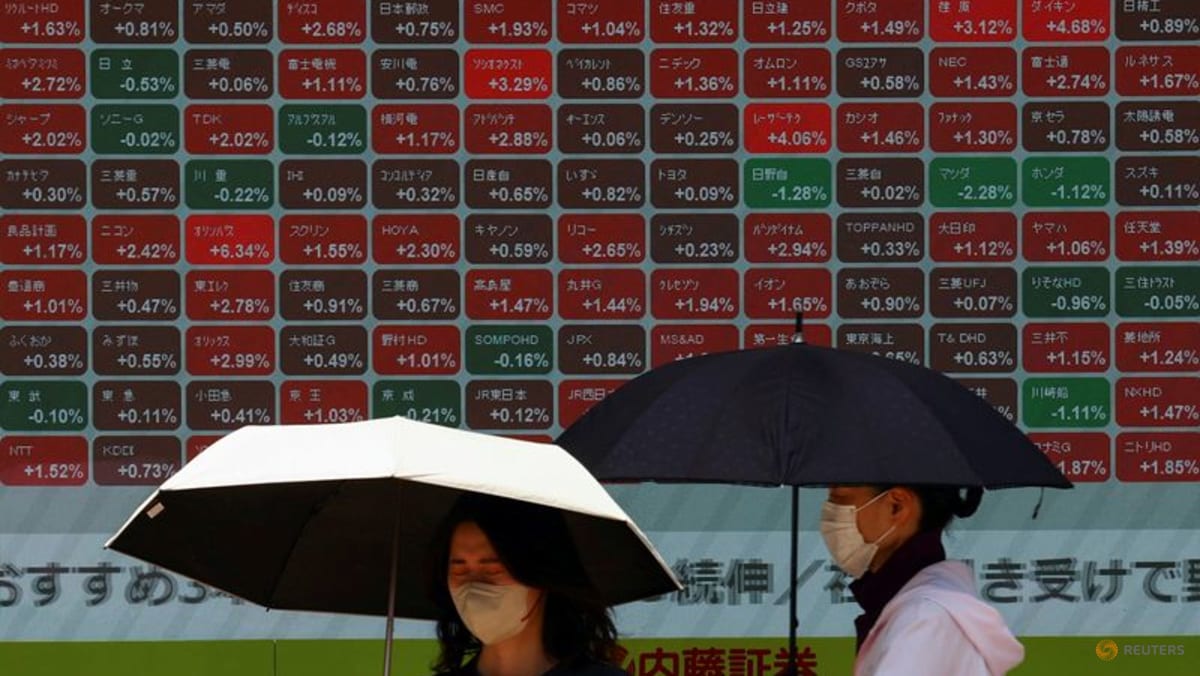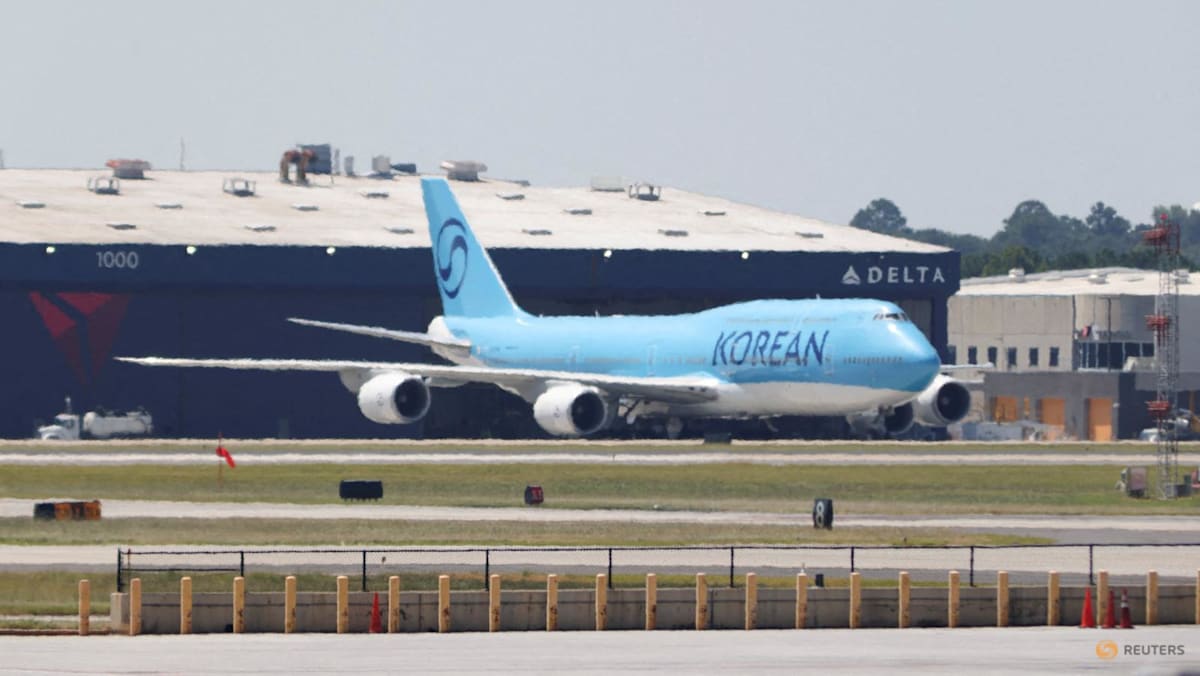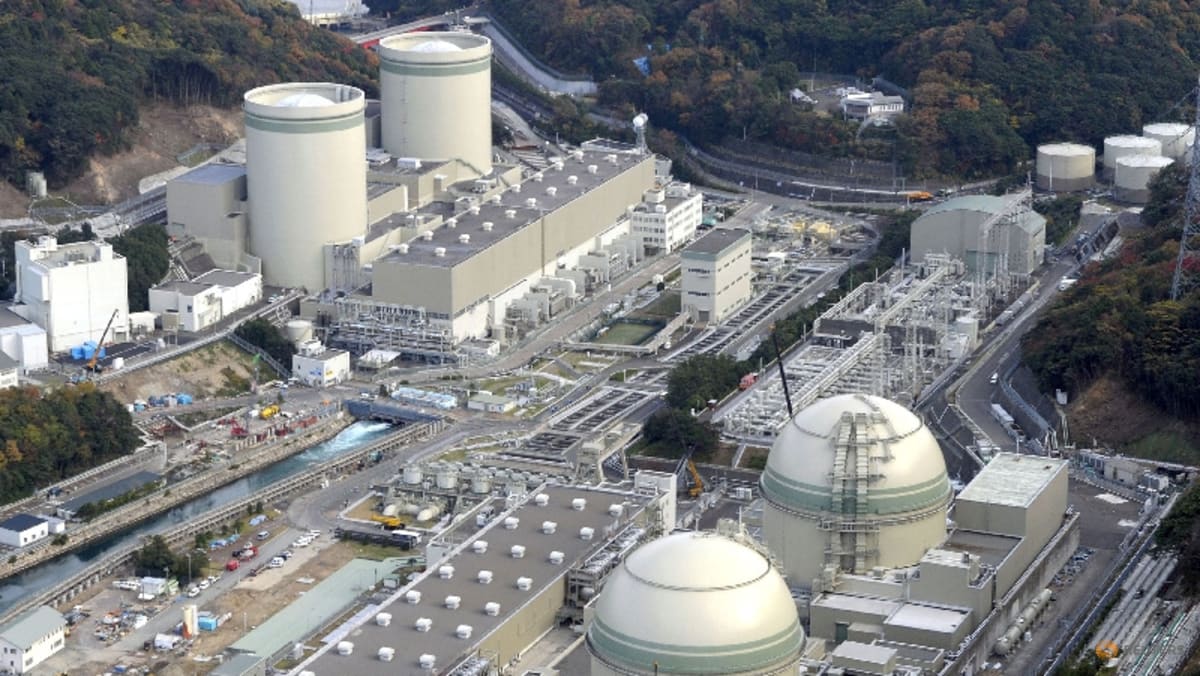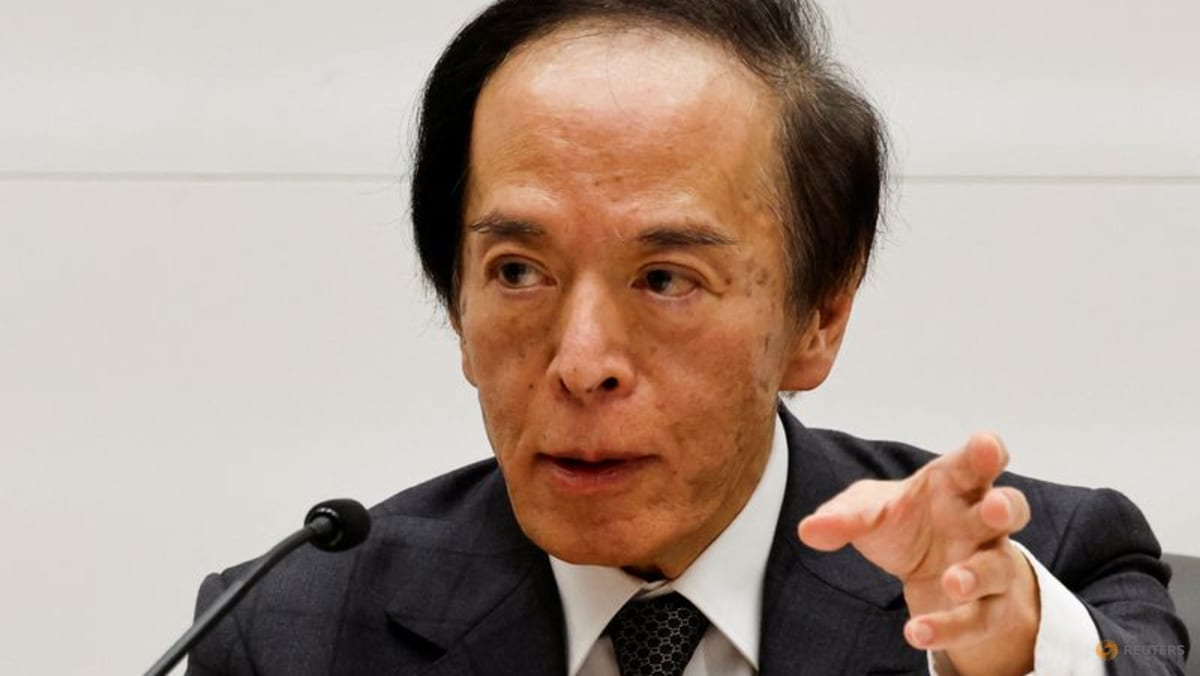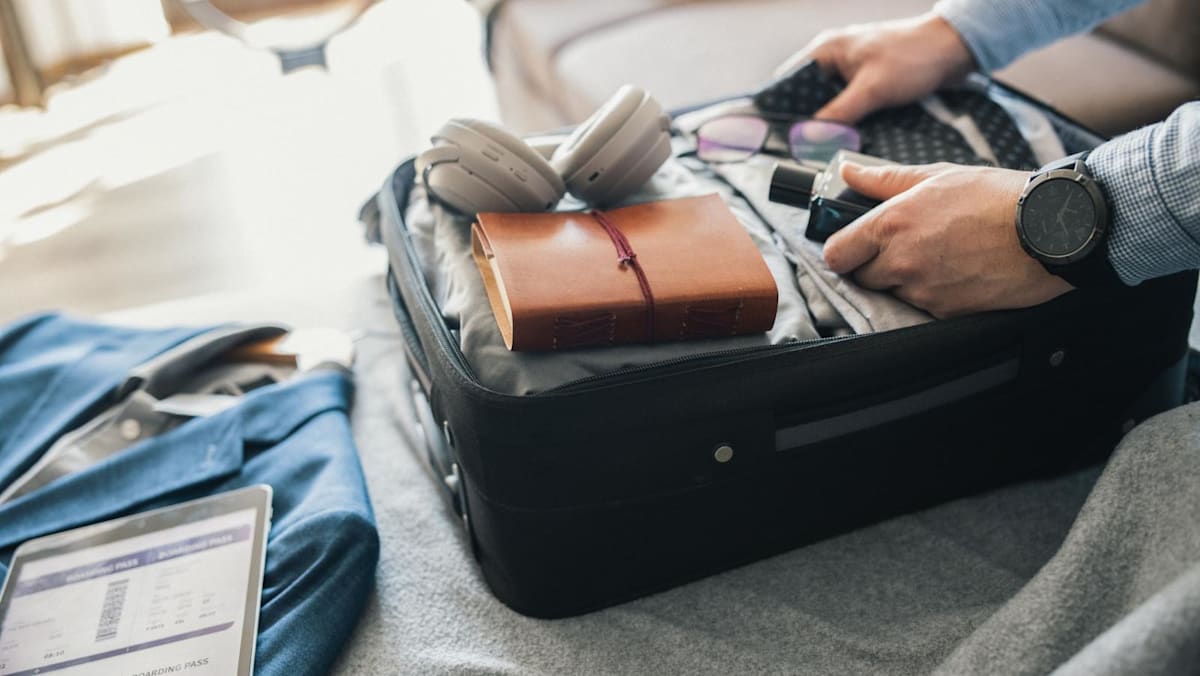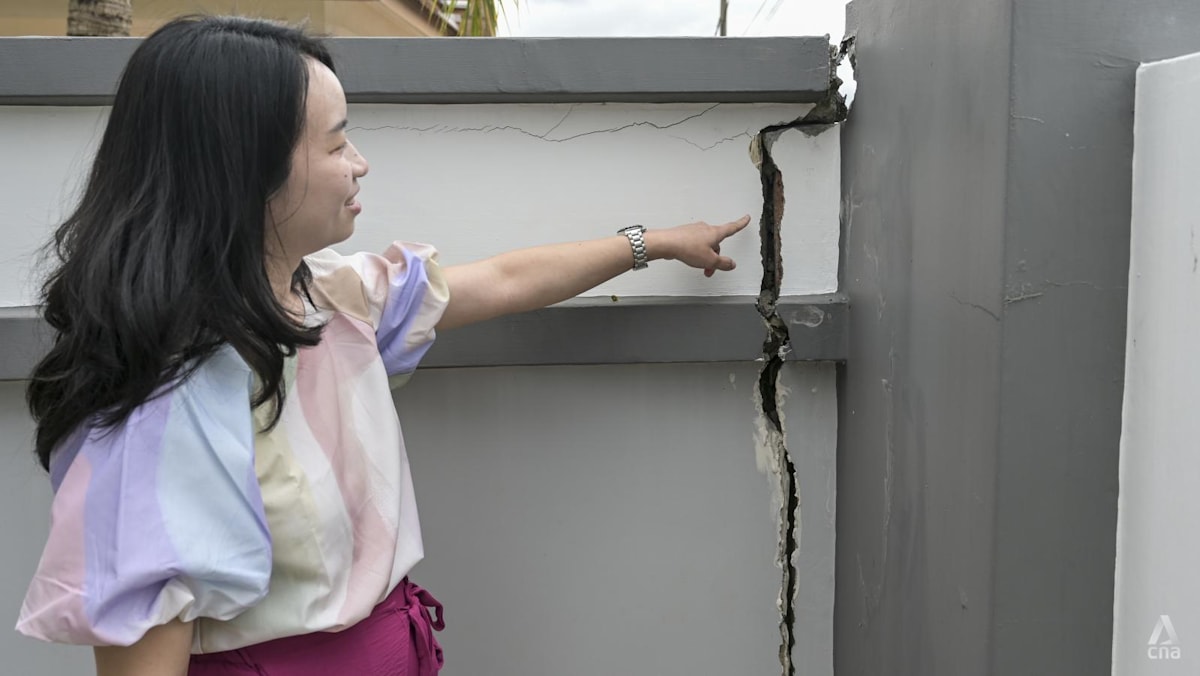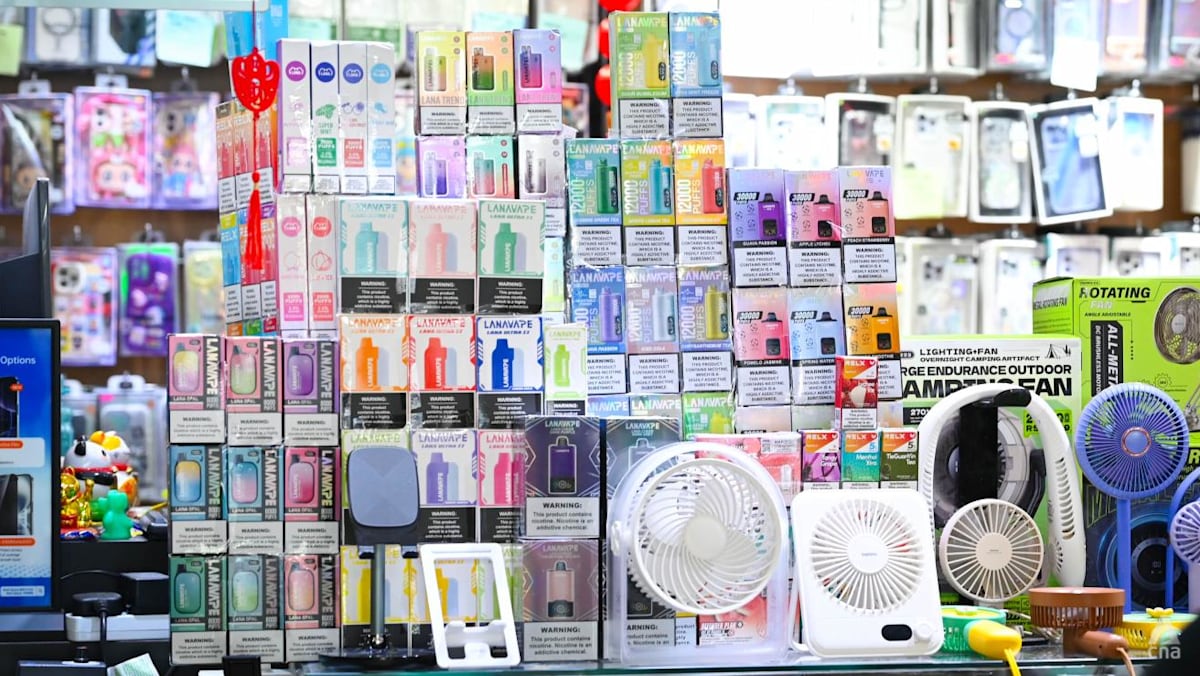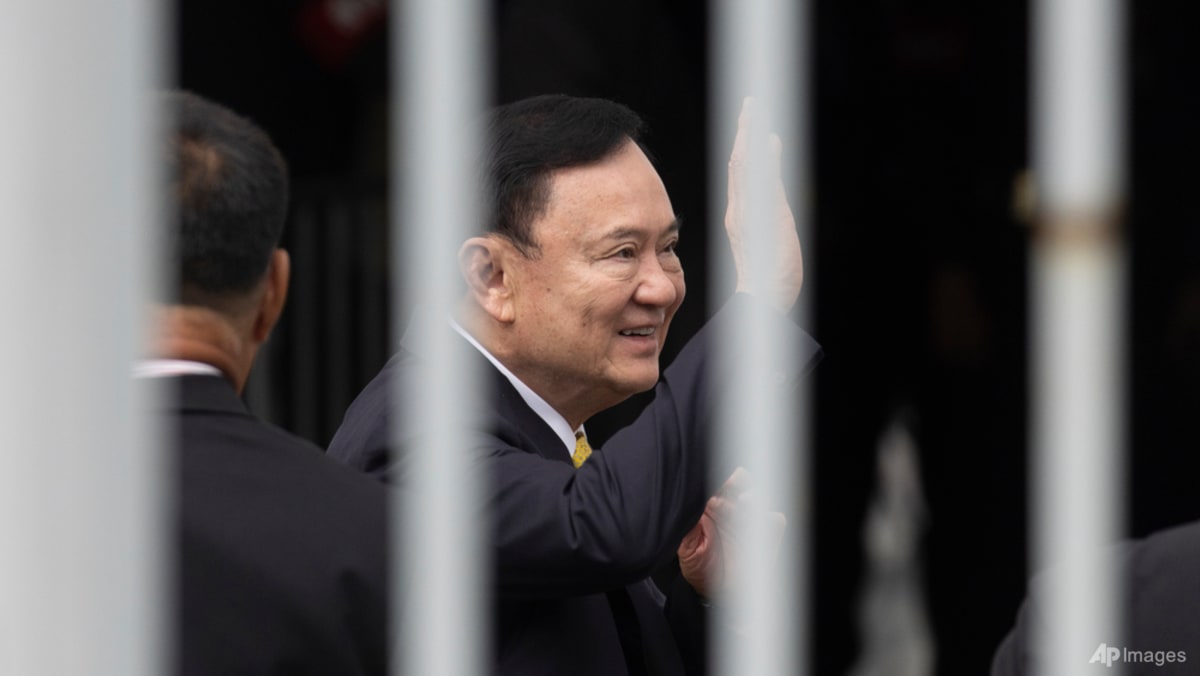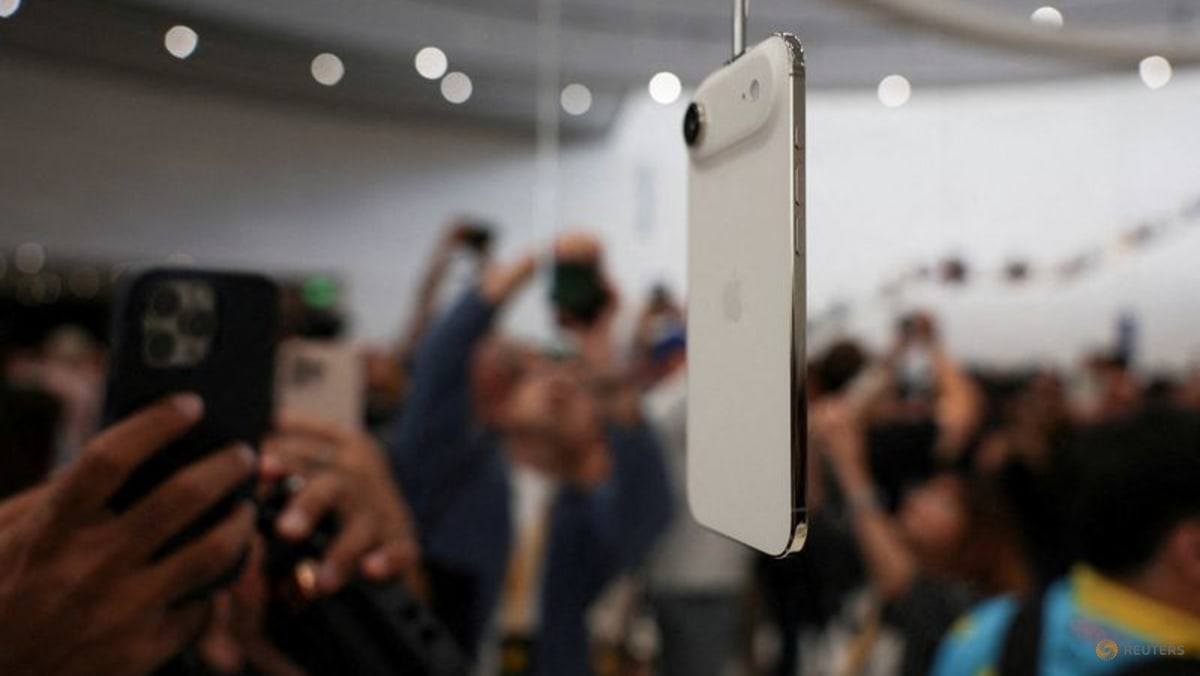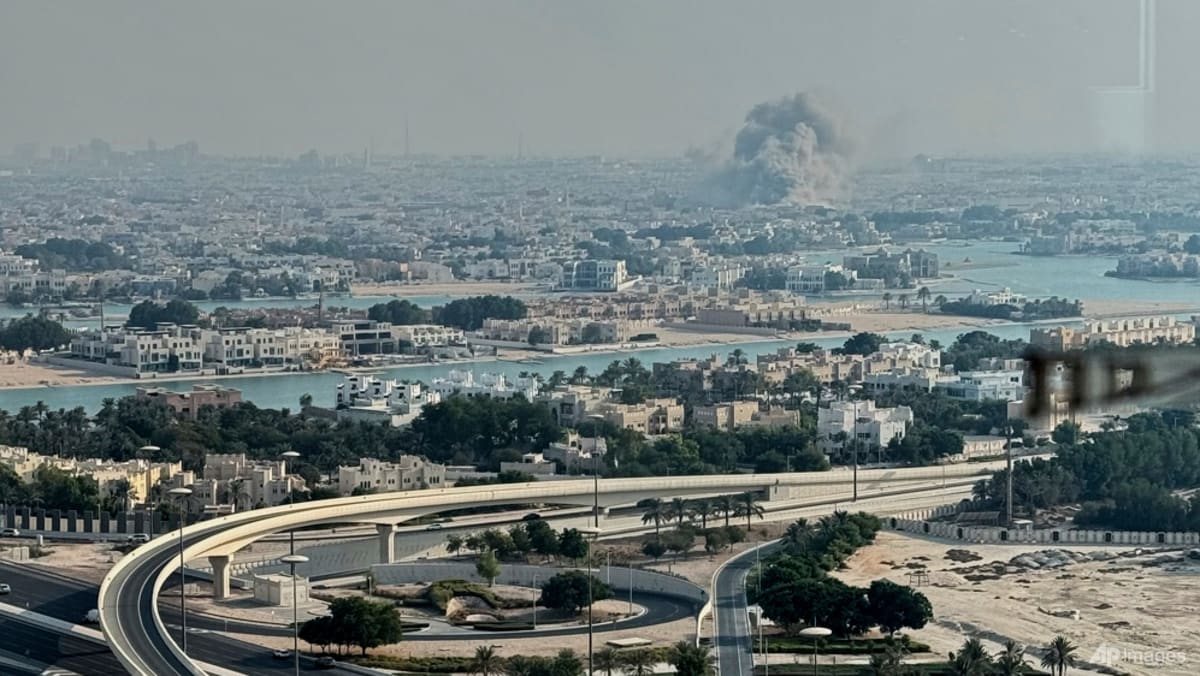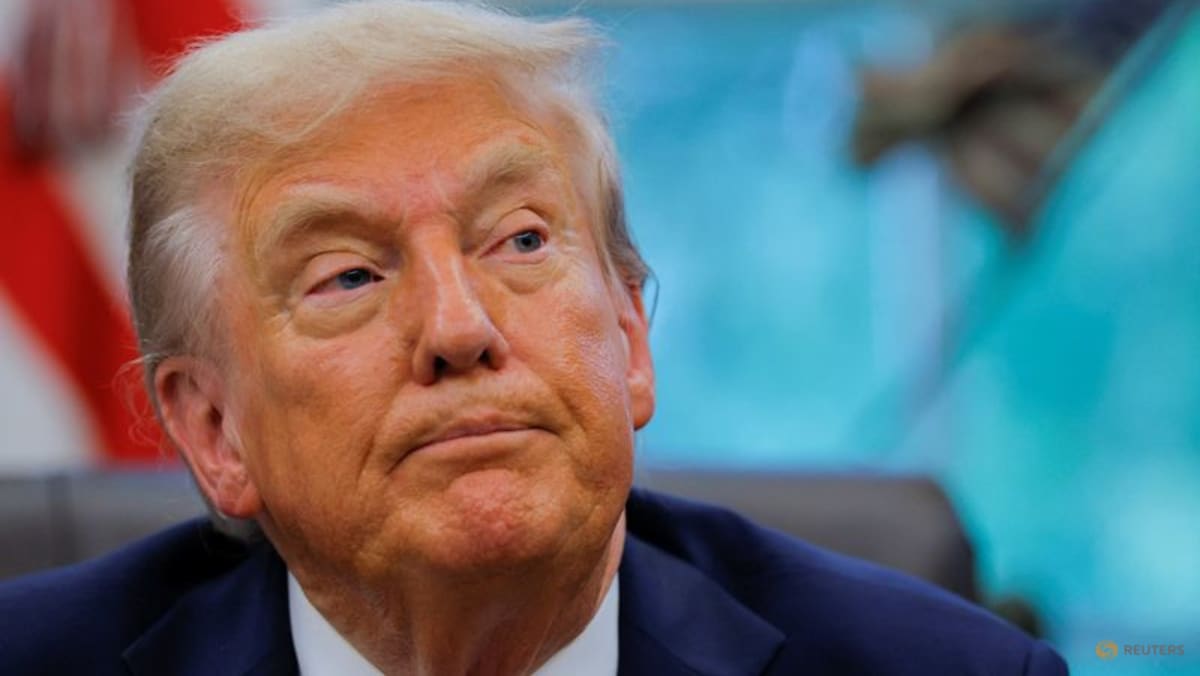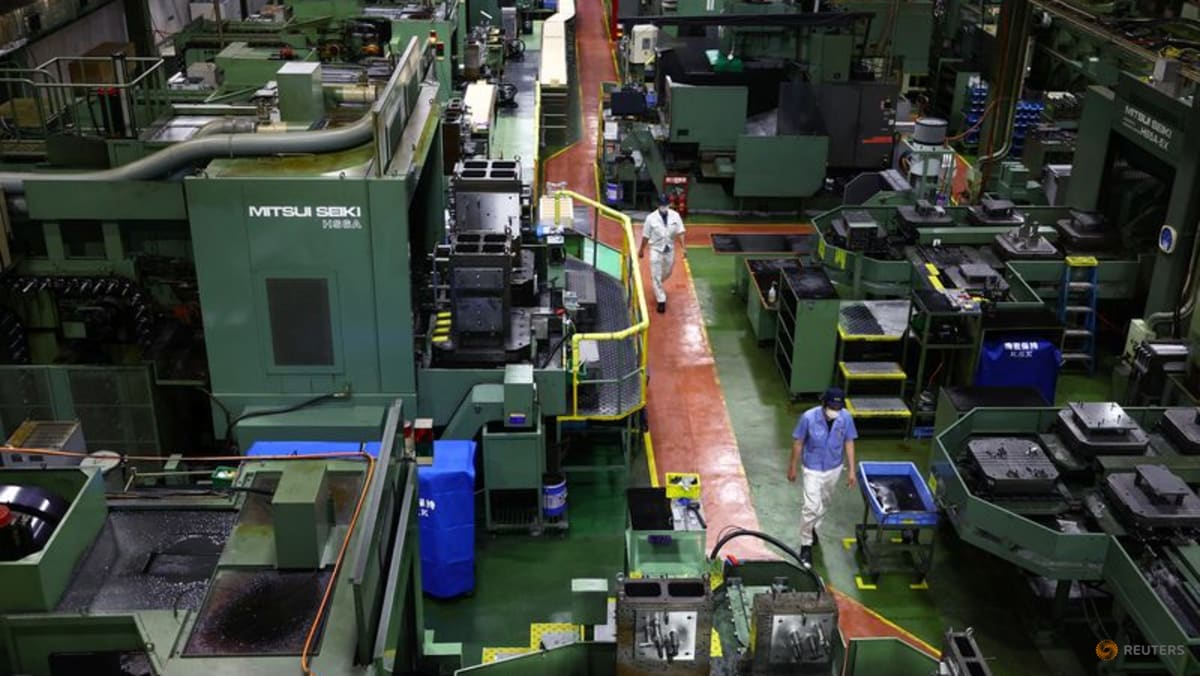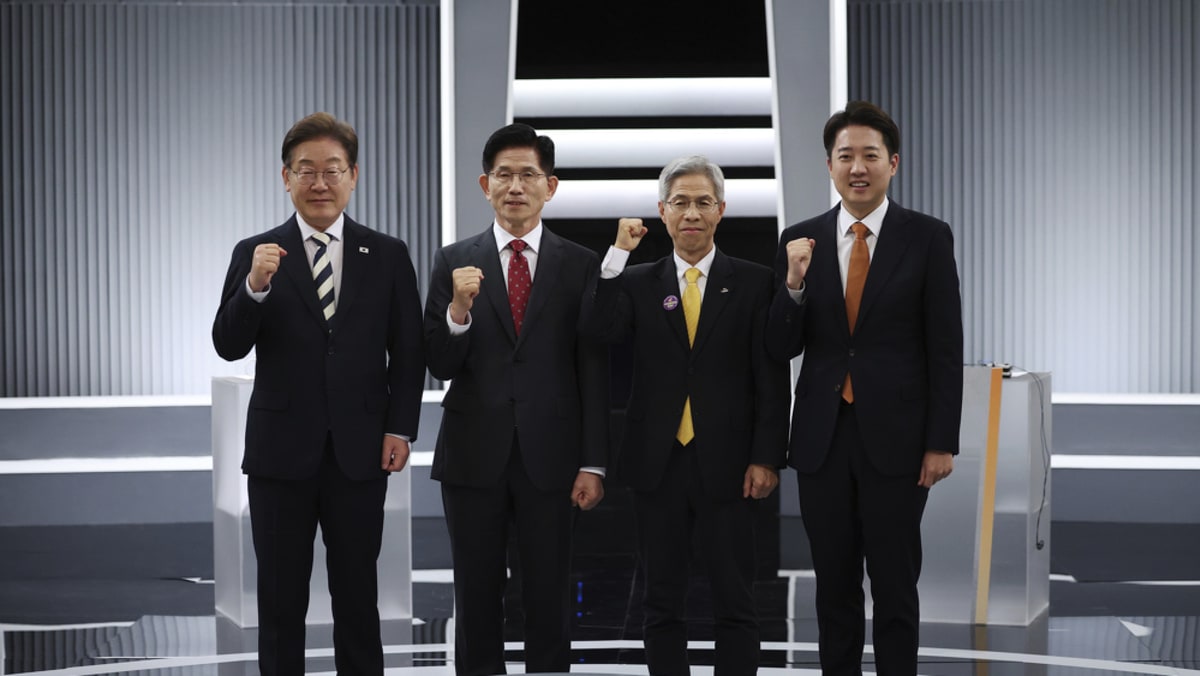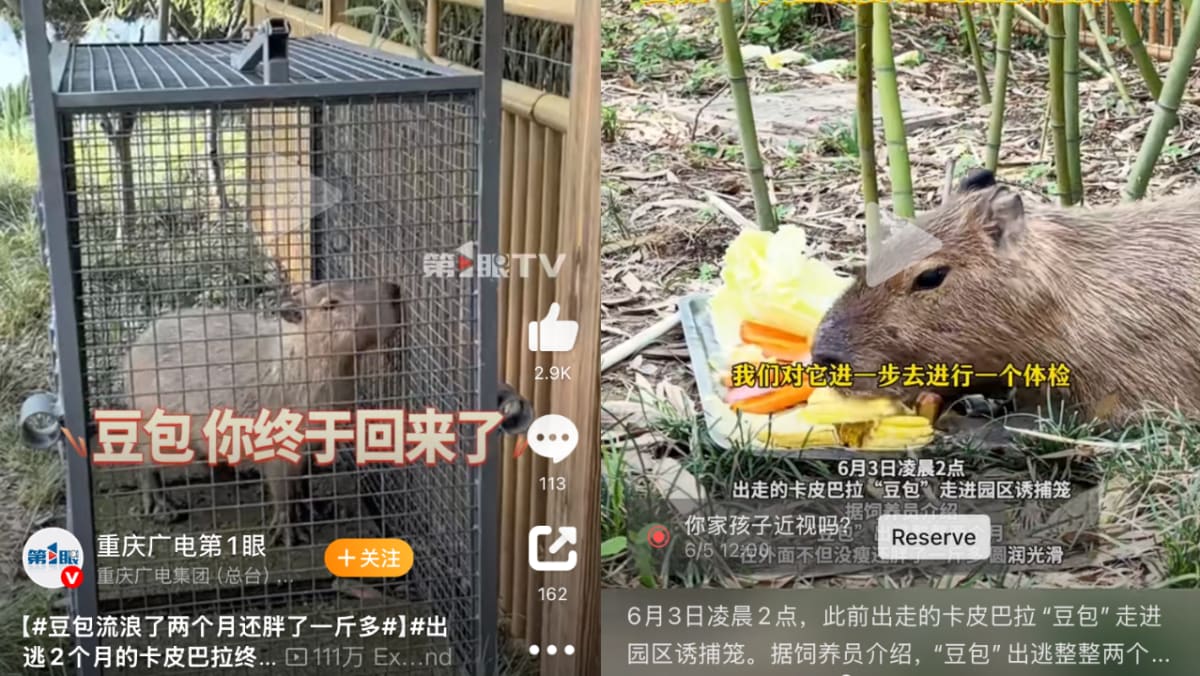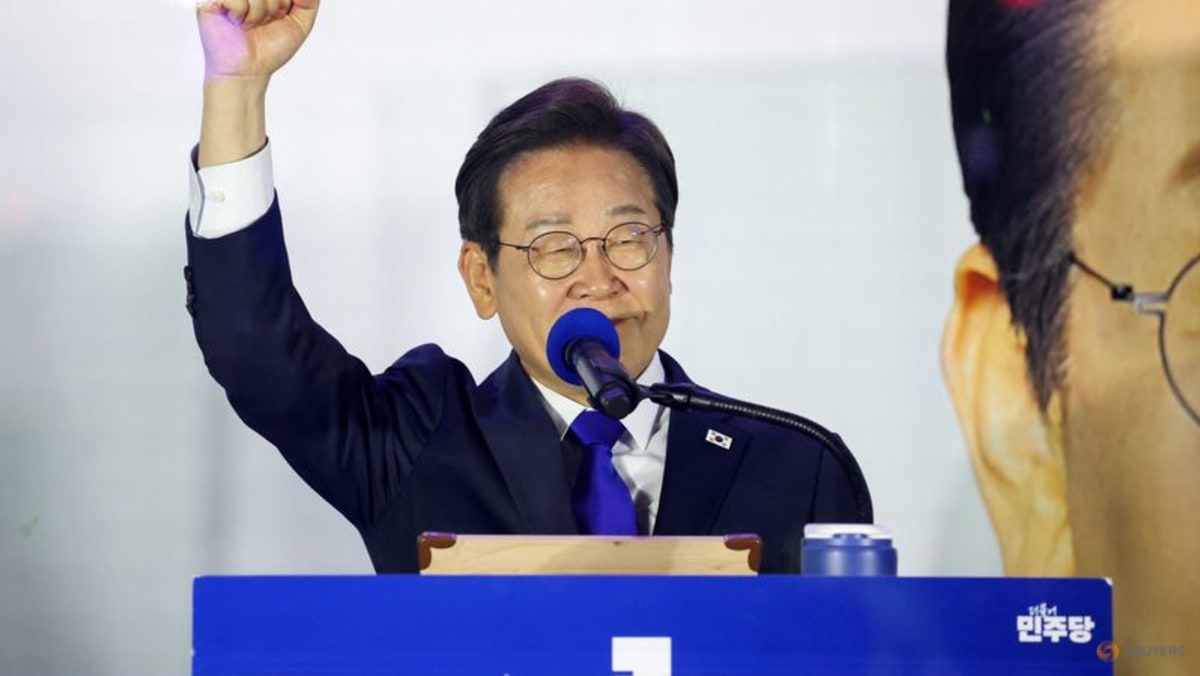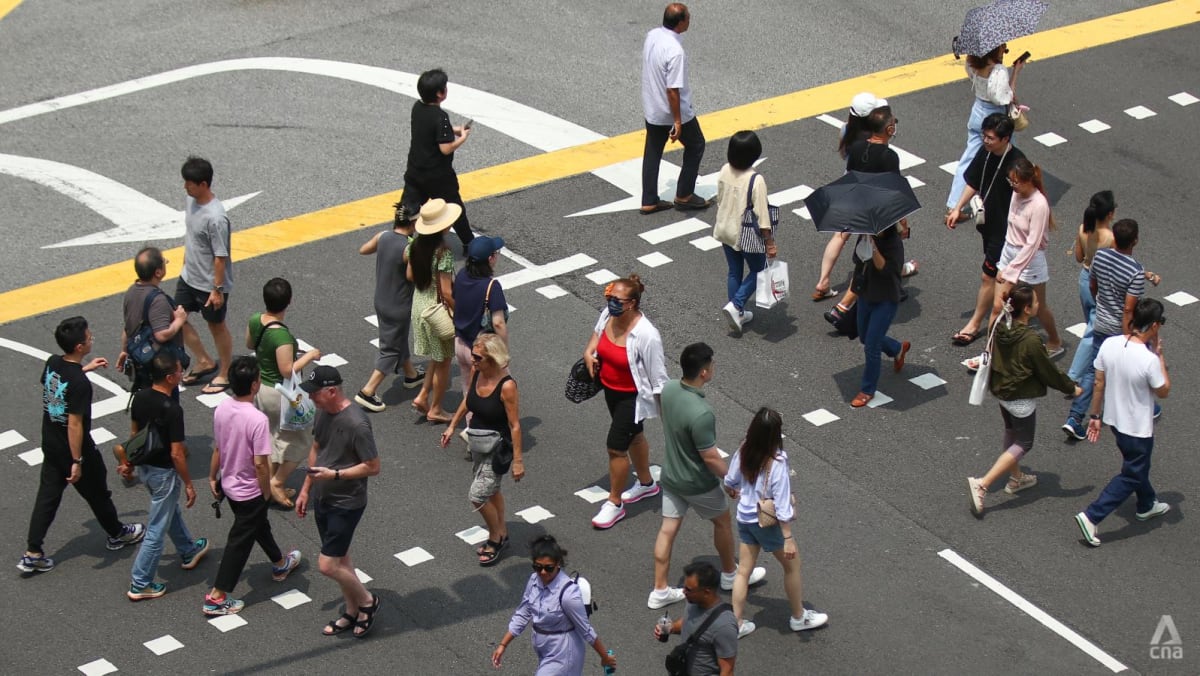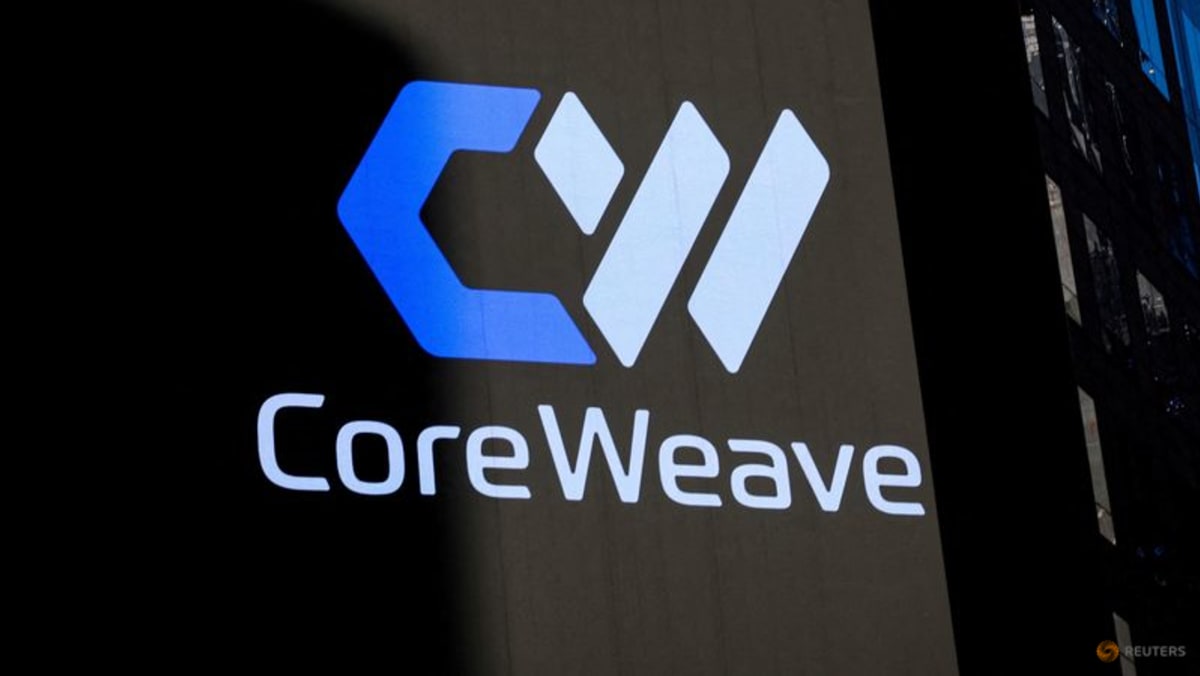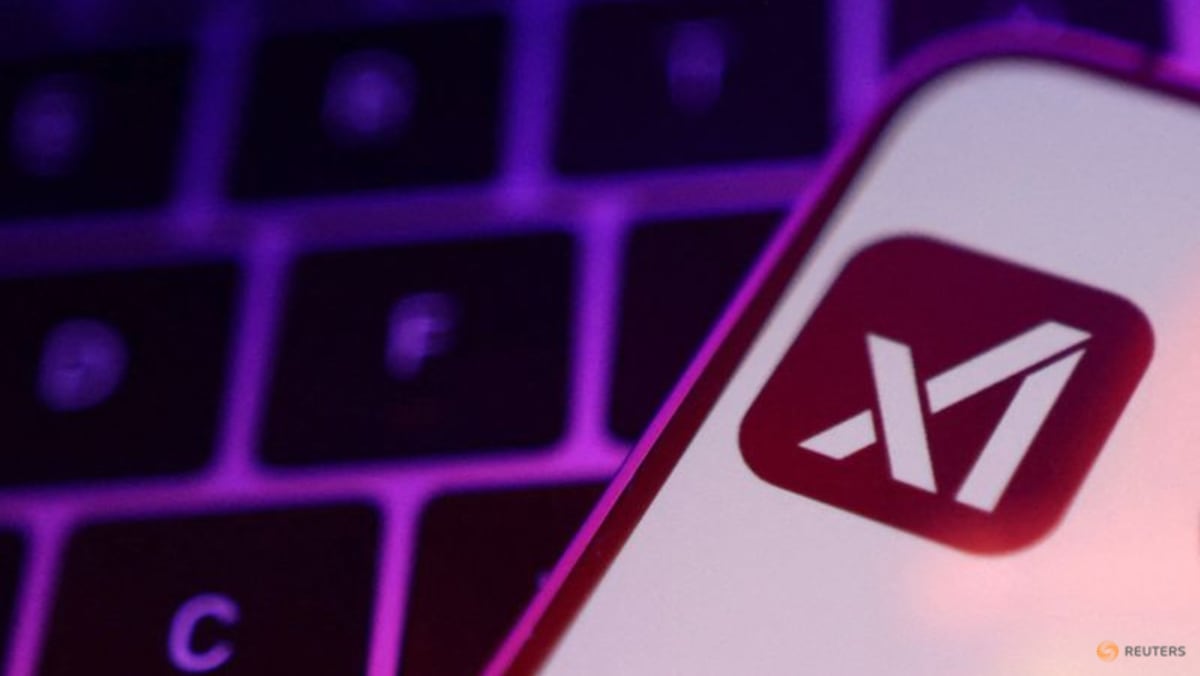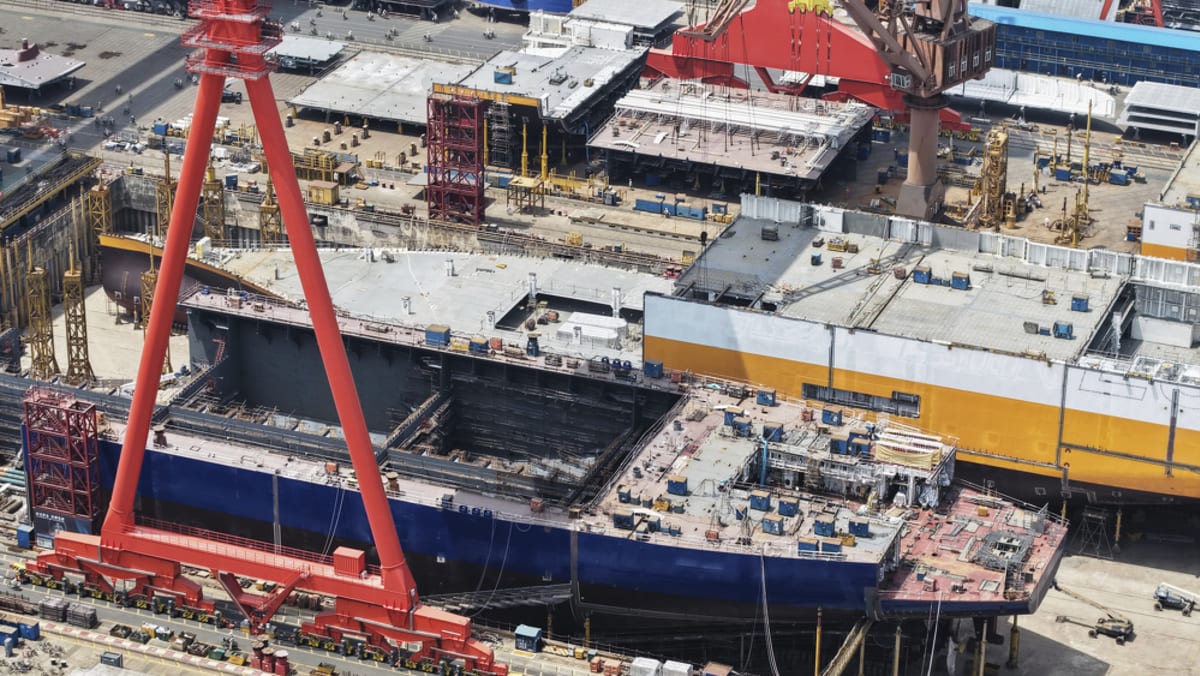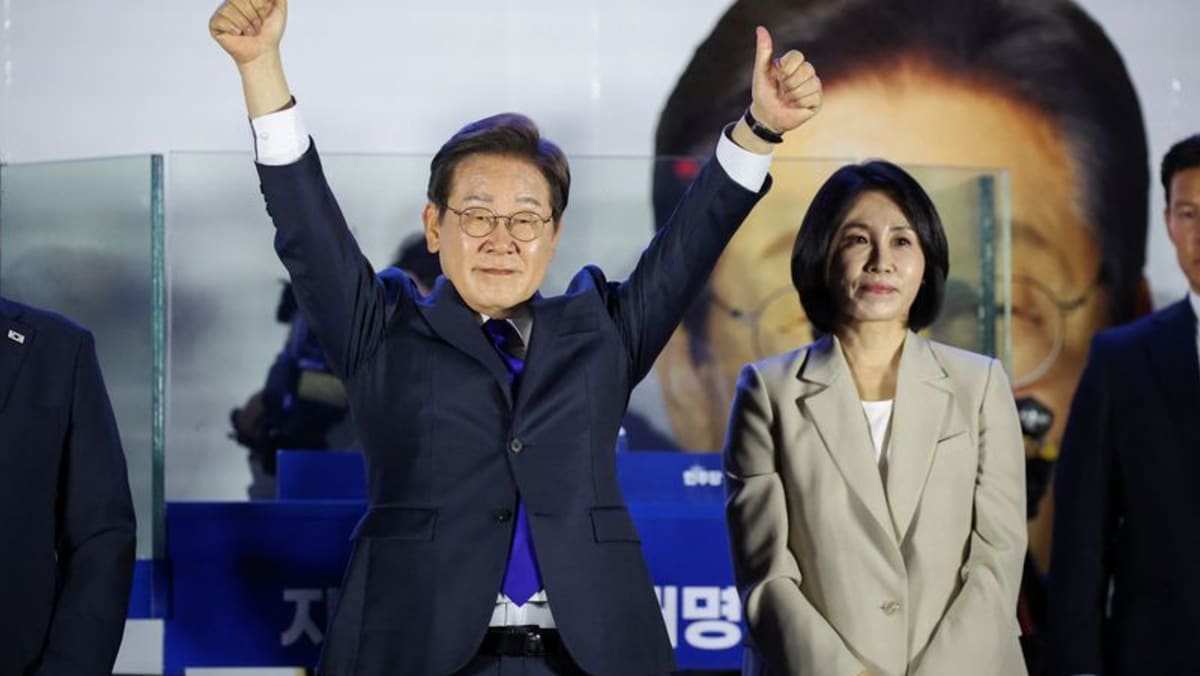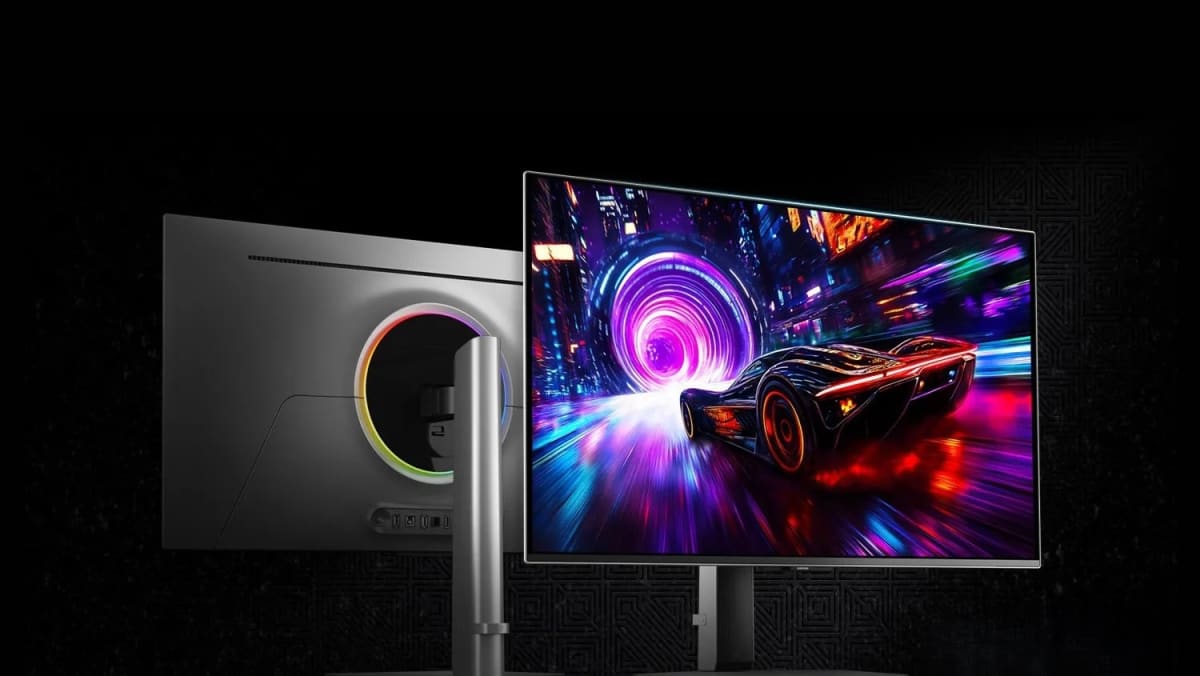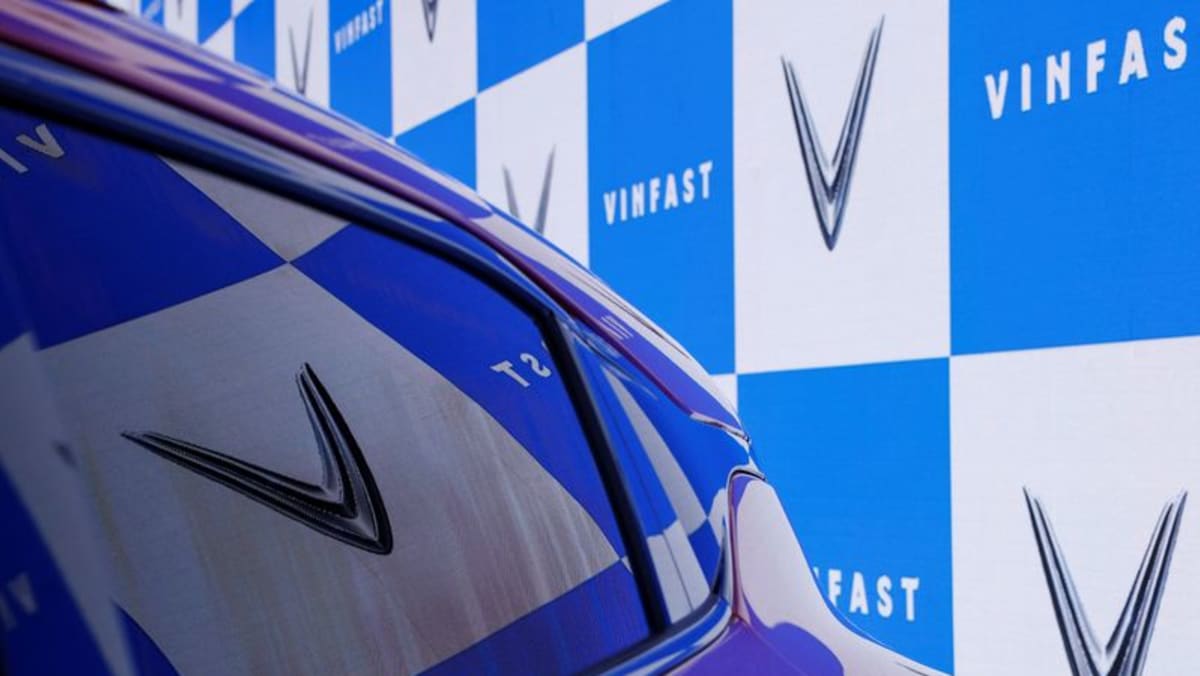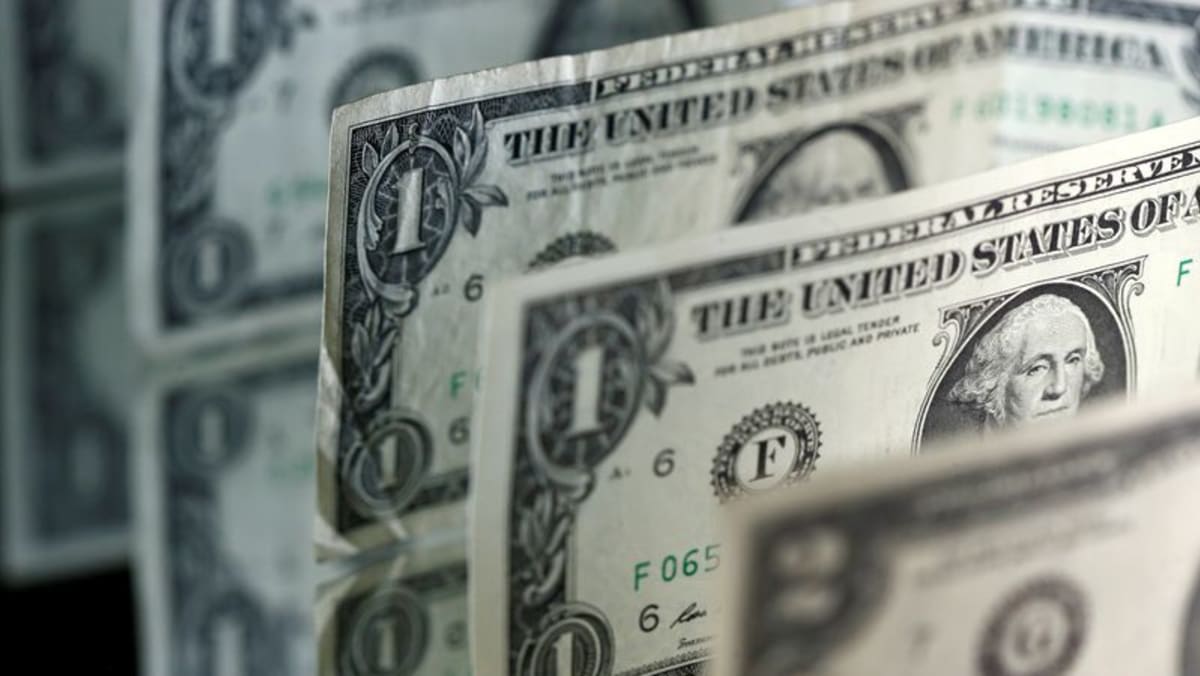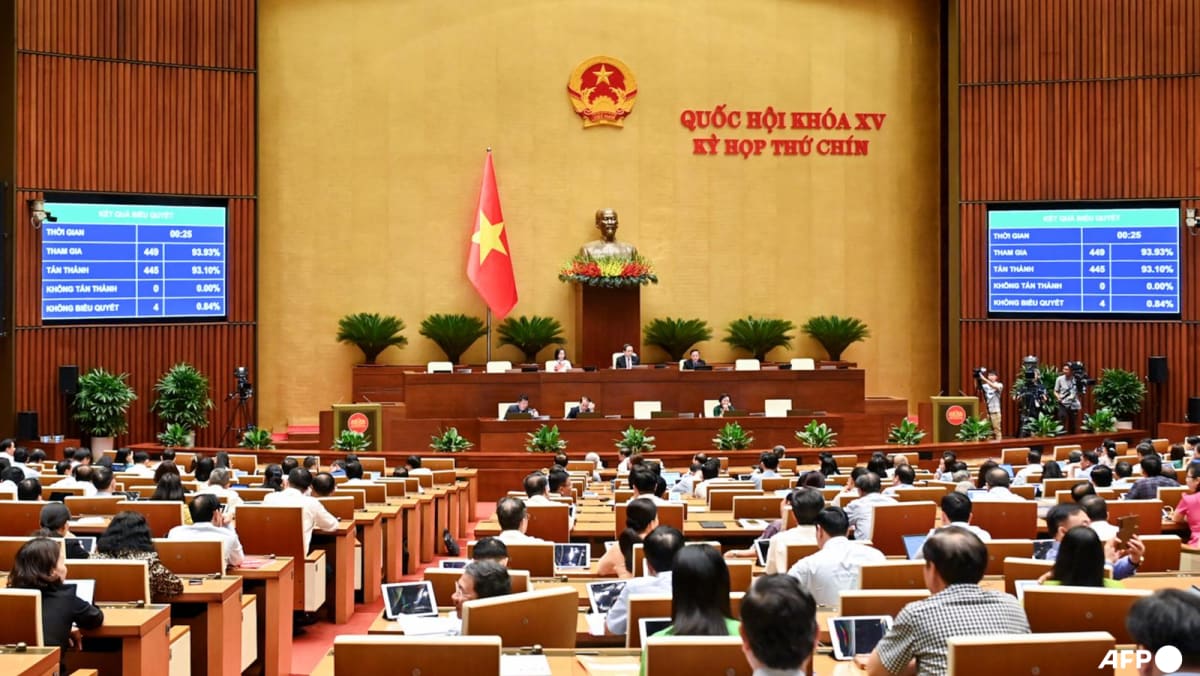As rail infrastructure ages, components need to be replaced and structures such as pillars and tunnels have to be reinforced.
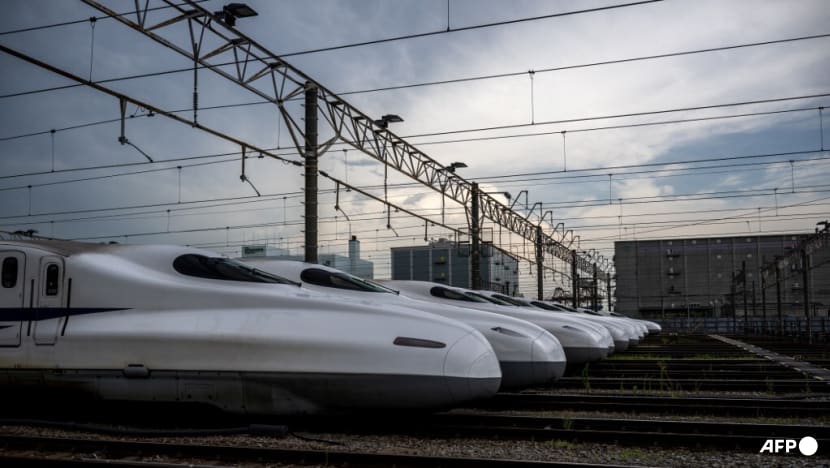
N700A and N700S series trains parked at the JR Central Oi Shinkansen depot in the Shinagawa district of Tokyo, Jul 14, 2024. (Photo: AFP/Philip FONG)
New: You can now listen to articles.

This audio is generated by an AI tool.
TOKYO: Japan's iconic Shinkansen bullet trains are seeing a surge in passenger numbers, driven by record tourist arrivals and the World Expo in Osaka.
The Tokaido Shinkansen, which links Tokyo and Osaka, is the oldest high-speed rail line in the world, and remains one of the busiest.
During the recent Golden Week holiday season from Apr 25 to May 6, ridership on the Tokaido Shinkansen rose 5 per cent from a year ago, with nearly 4.4 million passengers.
Even on regular days, ridership is rising as inbound tourism booms.
The Tokaido Shinkansen saw 158 million passengers in 2023, more than double the 64 million recorded in 2020 during the COVID-19 pandemic.
MAINTAINING AGEING INFRASTRUCTURE
But the ageing Shinkansen is under pressure to reinvent itself amid an ever-growing demand.
Central Japan Railway Company (JR Central), which operates the Tokaido Shinkansen, is contemplating using technology to modernise its network.
“We are looking at cutting-edge technologies such as AI or robotics that are emerging every day now,” said Tomoyuki Minami, general manager of the rail operator’s technology planning department.
“We are working to incorporate them into our Tokaido Shinkansen system for efficiency.”
He added that JR Central is currently developing automatic train operation and automated inspection systems.
The company hopes such efforts can alleviate a labour crunch and cut costs by as much as US$550 million over the next 10 to 15 years.
Rising maintenance costs linked to ageing infrastructure, including replacing components and reinforcing structures such as pillars and tunnels, have added urgency to these efforts.
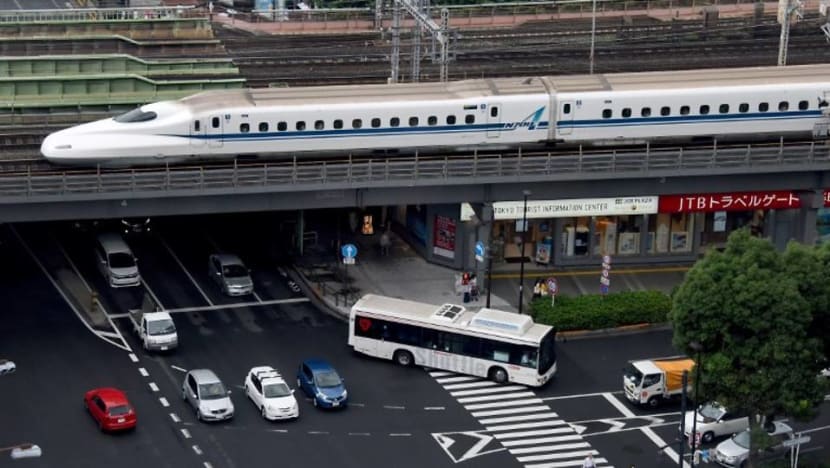 A Shinkansen bullet train passes over a street in Tokyo on Jul 1, 2017. (Photo: AFP/ Toru Yamanaka)
A Shinkansen bullet train passes over a street in Tokyo on Jul 1, 2017. (Photo: AFP/ Toru Yamanaka)
CHECKING FOR ISSUES
At Tokyo’s Oi Depot, trains that ply the Tokaido Shinkansen line - which began operating more than 60 years ago - wait to undergo maintenance or to be dispatched for service.
The operations hub is one of four owned and run by JR Central. About 160 staff carry out routine inspections on the signals, electricity circuits, brakes of the trains, among other things, every two days.
Transport authorities perform a similar inspection every 45 days. They also dismantle some parts, including wheels and brakes, every 20 months for a detailed examination.
All components are inspected thoroughly about once in 40 months or after the Shinkansen has travelled 1.6 million km.
A team of two ground staff is deployed when a Shinkansen arrives at a depot. Each train has 16 cars that need to be checked.
“I inspect a set of train cars in 50 minutes. In one day, it’s 12 sets,” said Mizuki Inokoshi, a senior maintenance staff at Oi Depot.
“Within a limited time, I need to inspect points that can wear out. I need to detect any malfunctions. So, during the inspection, I cannot be off guard one bit.”
REVOLUTIONISING TRAIN TRAVEL
Meanwhile, there are ambitious plans for the future of Japan’s rail network.
Japan is pushing ahead with its Superconducting Maglev, known as the Chuo Shinkansen. It aims to halve travel time for the 515km journey between Tokyo and Osaka to 67 minutes.
The first phase of operations between Tokyo and Nagoya was set to begin in 2027, but has been reportedly delayed to 2034 or later due to environmental objections. Estimated costs for the first leg have ballooned to US$48 billion.
JR Central said that even though the Shinkansen already plies the route, Japan would still require the maglev train system.
The dual system between Tokyo, Nagoya and Osaka is necessary in the event of ageing infrastructure or major earthquakes, it added.



